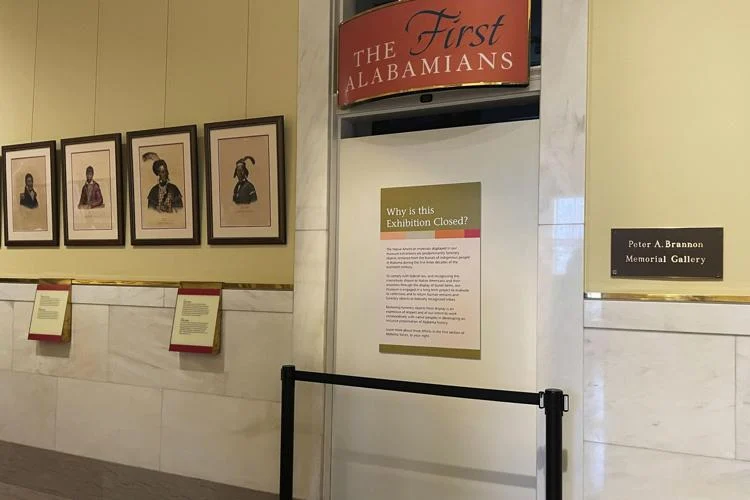
BY THE ASSOCIATED PRESS
MONTGOMERY, Ala. (AP) — The remains of Native American people who once lived in Alabama were dug up a century ago — often by amateur archaeologists — and given to the state along with the jewelry, urns and other objects buried with them.The Alabama Department of Archives and History announced this week that it is beginning the process of returning the remains and funerary objects held in its collections to tribes as required by federal law. The department also announced it had removed the funerary objects from displays where the artifacts had sat for years, viewed by school groups and other visitors.
“The origins of those materials and the way they came into our possession is really quite problematic from today’s perspective. and we very much honor and agreed with Native perspectives on what is and isn’t a proper type of material to show in a museum exhibition," Steve Murray, the director of the Alabama Department of Archives and History, said Thursday.The funerary objects were,“the personal property of someone who was buried and then that burial was later disturbed without permission," Murray said.The 1990 federal Native American Graves Protection and Repatriation Act requires federally funded institutions, such as universities, to return Native American remains and cultural items to lineal descendants, Indian Tribes and Native Hawaiian organizations. However, the return has been slow to happen.

The Associated Press reported last month that 870,000 Native American artifacts — including nearly 110,000 human remains — are still in the possession of colleges, museums and other institutions across the country, according to data maintained by the National Park Service.The first materials to be returned from the Alabama archives will be 37 sets of human remains and 349 associated funerary objects that were excavated from burials at two sites in Montgomery and Lowndes counties in the early 1900s. The graves were of people who lived in Alabama in the 18th century although some dated back to the 1600s, Murray said.State archives have a total of 114 sets of remains taken from 22 sites across the state plus the objects that were buried with those people, Murray said.
University of Alabama museums are the largest holder of Native American remains and artifacts in Alabama.






